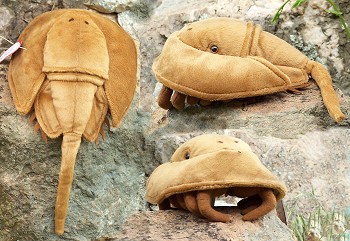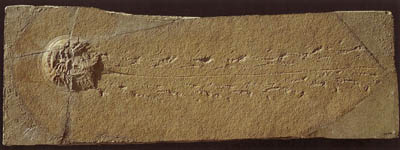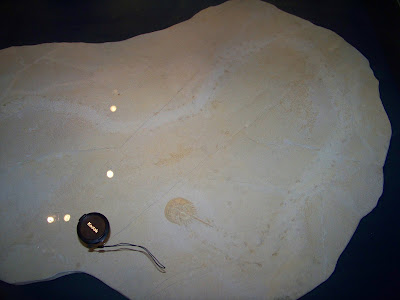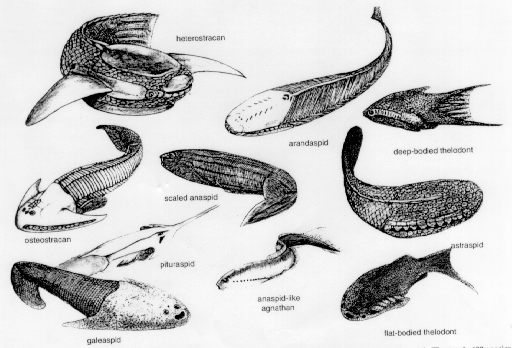Recently I have not been blogging and I am not completely sure why. In part it has been because I have been exceptionally busy with coursework, exam revision and personal bits and bobs. Even when busy I should still be able to give the odd little update, so here I am going to give lots of little interesting nuggets which I could have given throughout the year.
Don't keep horseshoe crabs as pets
During a trip to Alton Towers I popped into the aquarium that they have there. I marvelled at the many marine beasties as they swam all around, but what really stood out were the horseshoe crabs which you were allowed to touch. I ignored the misinformation presented (the guy was trying to entertain kids but said bizarre things like "they look like dinosaurs" at which point I very nearly put my dromaeosaur tattoo next to it to compare). I wanted one. They were fascinating to watch and are of course as close to a pet trilobite as you can get. So I looked into whether they would be easy to keep as pets and sadly they are not. Many do keep them in their homes, but they are capable of growing up to 2 feet long and so should not be kept unless you are a specialist with an enormous tank. Such a shame, as it would have made a really cool pet. The jellyfish were also quite mesmerising. Perhaps I should get a stuffed one instead:
Horseshoe crabs have made some of the most spectacular trace fossils, where their dying movements have been recorded in the rocks forever and even the crab itself is fossilised at the end!
Turtles make a mockery of Linnaeus
Sadly I have not read the paper in question, but managed to dig up a couple of details about it. It appears to be E. S. Gaffney & P. A. Meylan, 1988. A phylogeny of turtles. in M.J. Benton (ed.), The Phylogeny and Classification of the Tetrapods, Volume 1: Amphibians, Reptiles, Birds Clarendon Press, Oxford, pp. 157-219. In which Linnaean hierarchy was used to such a degree that new classifications had to be used to make it all fit. At some point most of us learn the whole Kingdom, Phylum, Class, Order, Family, Genus, Species divisions and are aware of extras like Sub-Species or Super-Order. The new ranks of Gaffney and Meylan included gigaorder, megaorder, capaxorder and hyperorder which go alongside others such as suborder, nanorder, parvorder and so on. I'm not aware of how seriously this paper was taken at the time (along with a similar paper on dinosaurs by Sereno) but it seems like a huge piss-take to show how Linnaean taxonomy could not stand up as a model of the real biological world. For an example of the confusion it can cause, see here. I'm so glad I don't have to learn all of those in order.
Ostracoderms are cool
I don't know why I like them, I just do. These armoured, jawless fish were around in the Ordovician to the Devonian and I am pretty sure some of them could have been converted in to ping pong bats.
Helicoprion was just plain bizarre...
This odd-looking shark was around from the Carboniferous to the Triassic and sported a spiral arrangement of teeth which have been baffling palaeontologists for a while now. The idea that it preyed on ammonites is nice, but seems to be wishful thinking. I personally like the idea of it swimming into a shoal of fish at speed and launching its lower jaw at them to snag some prey.
Check out the other reconstructions you can find from a simple Google image search. It is not yet known what this strange beast looked like.
Dave Peters has returned
I was originally told to check out Dave Peters if I wanted to see some bizarre ideas on pterosaurs, but his website appeared to have been taken down. Well, it turns out he is back and with two new websites. Peters apparently prefers not to look directly at the fossils to interpret them, but instead thinks it is more scientific to trace them on photoshop (I kid you not). For a more detailed overview of the crazy world of Dave Peters see this blog. Dave's new website is ReptileEvolution.com If you know a thing or two about reptiles, or specifically pterosaurs, then check out his website and chuckle, here he is talking about Longisquama being related to pterosaurs. And here is his page devoted to ranting about what the experts are claiming. He is not to be muddled up with the many other Daves involved in pterosaur research.
Fossil giant salamander identified as human?
In 1726 Scheuchzer named a giant salamander fossil Homo diluvii testis, which means "evidence of a diluvian human". He believed that it was a human which had died during Noah's flood. The name of the species, Andrias scheuchzeri, means "Scheuchzer's image of man" in his honour. It wasn't until 1812 when Cuvier identified it as not being human. Personally I cannot see how it is meant to resemble a person, even if it was meant to be a heavily trampled child:
That's all for now, I intend to do the same tomorrow, but then I will not be able to blog for at least a week as I have a field trip.
Subscribe to:
Post Comments (Atom)








No comments:
Post a Comment